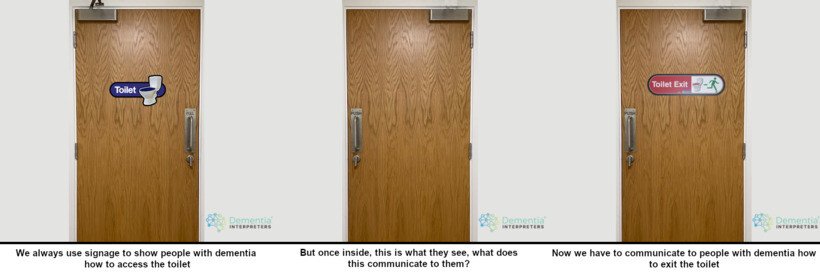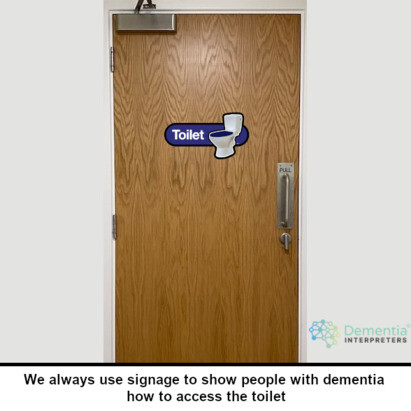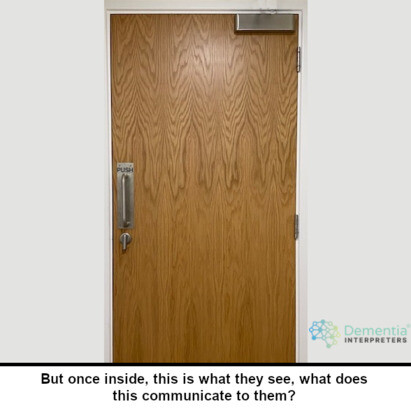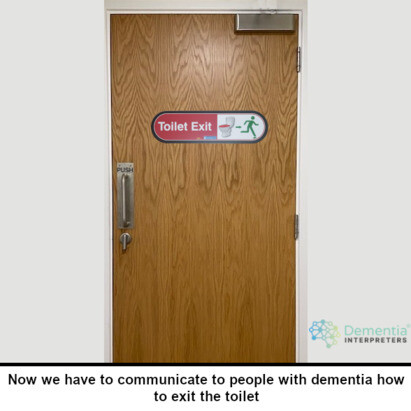
Now is the perfect time to understand how the environment speaks to people who have dementia.
What does the environment say to a person who has dementia? Are we producing environments that look good but may have a negative effect on individuals? Do we really, truthfully, design environments around people with dementia or what we think people would like to fill vacant beds?
Over the past years, I have visited some incredible looking care homes which people say "it's like a hotel, I would live here". Should we therefore start to change the names of these from care homes to care hotels?
We need to start to understand how the environment speaks to people with dementia and there are so many small tips that you learn when you have completed exceptional dementia specific courses such as the Virtual Dementia Tour and Dementia Interpreters Course. If owners, designers and managers actually understood and made simple changes that are so desperately needed, then we could massively improve on the negative impact that environment can have for the people to which we support. Below is just one example that is so obvious, yet rarely do we find a care provider willing to invest in this small change:
 Care providers, hospitals, day centres, spend fortunes on signage to tell people how to navigate around the environment. Signage that is robust, attractive and speaks to the person through images as well as words. The best example is this image of a toilet that explains to the person how to enter or access the toilet. It 100% shows that this is an access to a toilet and encourages use. These are adopted by virtually every dementia care facility.
Care providers, hospitals, day centres, spend fortunes on signage to tell people how to navigate around the environment. Signage that is robust, attractive and speaks to the person through images as well as words. The best example is this image of a toilet that explains to the person how to enter or access the toilet. It 100% shows that this is an access to a toilet and encourages use. These are adopted by virtually every dementia care facility.

Now the person with short term memory loss and dementia enters the room, guided by the external signage and closes the door. What does the closed door say to them? What does this door communicate to you? If you lived in a place where many doors were locked to protect you, would you know that this door wasn't locked?

With a simple, obvious change, what does this door now communicate to you? does it now speak to you and tell you how to leave? This is so obvious and yet many care providers either are not aware of this adjustment or do not want to invest in the £13.00 that this exit sign costs.
Every toilet, en-suite or bathroom door must have an exit sign on the inside. This simple, obvious and low cost sign will reduce costs across the business by reducing the fear of being locked into a small room. It may just reduce cases of UTI's, urinating in unusual places, continence issues and so on. This one small change will improve the health of people we support, improve time management, reduce some negative behaviours and make the whole environment that little bit easier to navigate.
This is just one of many small, inexpensive and crucial adjustments that you will learn to make by understanding the 'Language of Dementia' with the Dementia Interpreters course today. The Dementia Dictionary will campaign for this to become standard practice in the Dementia Landscape.
#dementia #alzheimers #languageofdementia #dementiainterpreters #dementiadictionary
Be The First To Post